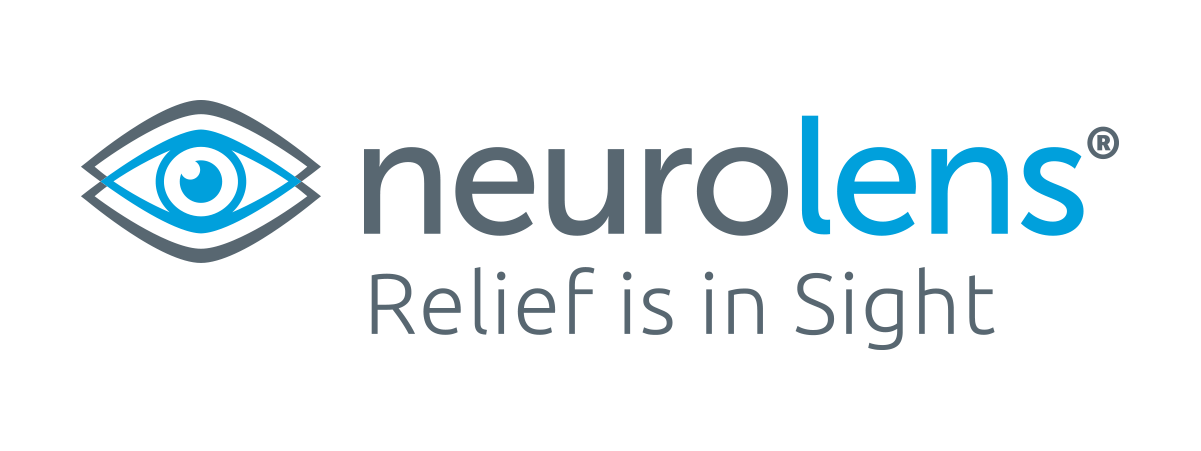What is Computer Eye Strain?
Computer eye strain, sometimes known as digital eye strain, is commonplace in today’s lifestyle. It is usually a side-effect of too much screen time from working at a computer or using smartphones and tablets.
A typical American may spend seven hours a day using a computer. On top of that, a recent study indicates that if the current trend in device use continues, the average American will spend three hours and 45 minutes a day using their smartphone. Even if this prediction is an overestimation, it adds up to a lot of screen time for many teens and adults.
It is hardly a surprise that so many patients ask about whether computer eye strain glasses may help.
Causes of Computer Eye Strain
Eye strain, in general, is often caused by prolonged time spent focused on detail-oriented tasks. Reading, device use, crafts, and studying are all activities that fatigue your eyes.
Add to that the fact that phones and most mobile devices have LED illuminated screens. Too much blue light tires the eyes and it also sends waking signals to the brain. In nature, the sun is our top source of blue light so it makes sense that this type of light signals daytime to our brains. However, thanks to LED TV’s, computer monitors, and our phones we continue to see blue light at night as well as daytime. Not only does blue light has a shorter wavelength that makes it harder for the eyes to focus, but it also may disrupt our natural sleep cycle. This double whammy contributes even more to eye fatigue.
Finally, people tend to blink less when intensely focused on their monitors or phone screens. The eyes become dry since blinking helps keep them lubricated. Add to that the fact that most people hold their devices close to them, resulting in hours spent focused at close range.
Digital eye strain usually results from some combination of the following factors:
- Inadequate or harsh lighting
- Glare from an LED monitor or screen
- The screen held too close
- Poor posture or alignment
- Excessive screen time
- Too much blue light
- Not blinking often enough
- Other uncorrected vision problems can intensify the effect
- Stress

Fortunately, there are simple changes you can make to counteract computer eye strain. But first, let’s discuss the symptoms so you know how your screen time may be affecting you.
Symptoms of Computer Eye Strain
Some common signs that may indicate that you are experiencing digital eye strain include:
- Dry feeling eyes
- Headaches including migraines
- Tight or painful neck and shoulders
- Blurry vision
- A tired or aching sensation in the eyes
Remedies to Relieve the Impact of Your Screen Time
In recent years special blue light filtering computer eye strain glasses became a popular option. These glasses help protect your eyes from the glare and blue light from your monitor much like how sunglasses protect the eyes from UV. Many people find these glasses make it easier for them to work at their computers or play their favorite games without discomfort.
In addition, many optometrists recommend following the 20-20-20 rule while using your phone or computer. Basically you:
- Take a break every 20 minutes
- Focus on a non-digital object that is at least 20 feet away
- Maintain that focus for 20 seconds before returning to your screen time.
This helps exercise the eyes and give your eyes a break from up-close focus. Also, don’t forget to blink your eyes to keep them lubricated. You may want to consider using eye drops to help restore moisture in your eyes.
Finally, consider your working and screen environment. The ambient lighting and your ergonomic alignment all make a difference. Choose soft full-spectrum light. Harsh overhead lighting may worsen the effects of your computer screen time.
Position your monitor so you don’t need to crane your neck to view it. The screen should be around 4-5 inches below eye-level to encourage a healthy posture. Use a high resolution, anti-glare monitor when possible. Adjust the contrast, colors and resolution to make it a little easier on the eyes.
If you are experiencing these, please discuss your symptoms and screen use with your eye doctor. Also, keep current with your eye examination to rule out other causes for these symptoms. If eye strain is the issue your optometrist may suggest computer eye strain glasses or lifestyle changes that reduce the discomfort and impact of your screen time.
If you live in or near Charlotte, NC call Piedmont Eyecare Associates to schedule your vision examination and to learn more about solutions to your discomfort.
Piedmont EyeCare Associates has the experience and equipment necessary to diagnose and often treat the eye conditions detailed above at our office in Charlotte. For more information please schedule an appointment with your eye care provider, and we will be in touch with you shortly.

The Neurolens Measurement Device, Gen 2 (NMD2)
The NMD2 is a cutting-edge eye tracking system that allows for the identification and measurement of misalignment as small 0.01 Prism Diopters, acquiring over 10 thousand data points per patient with an accuracy rate surpassing other methods in use today!



